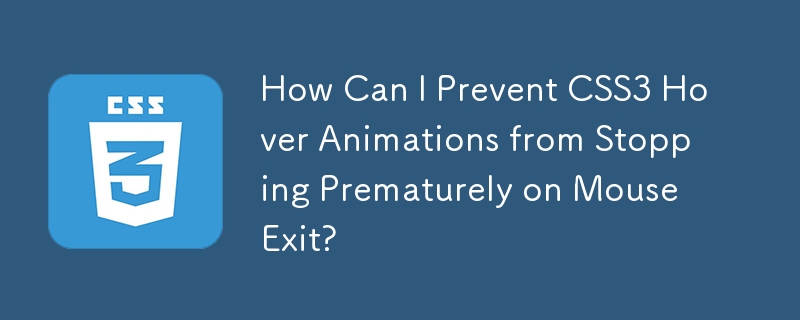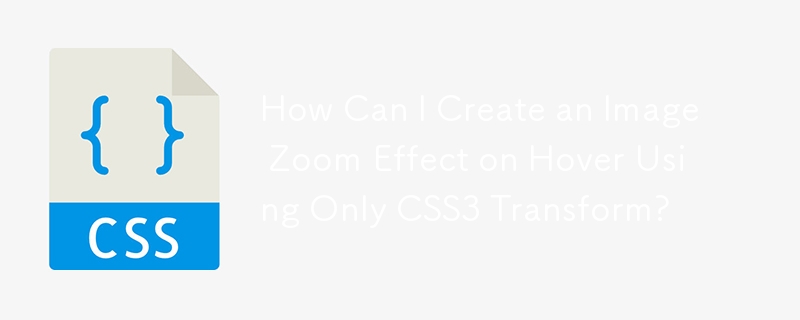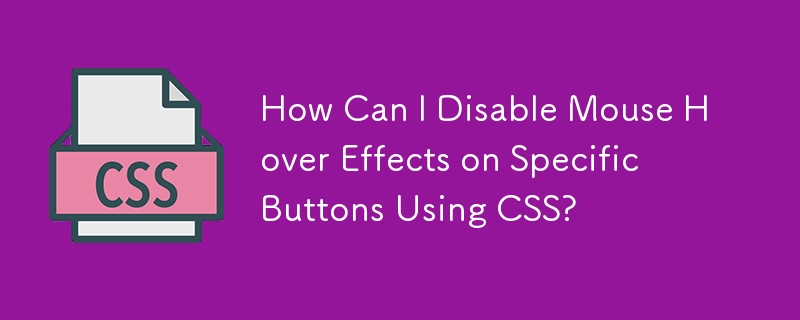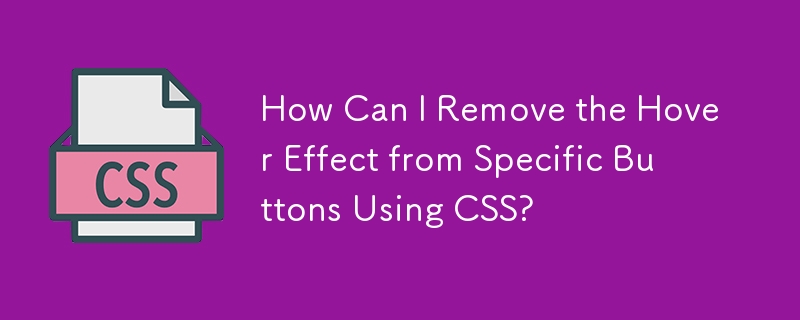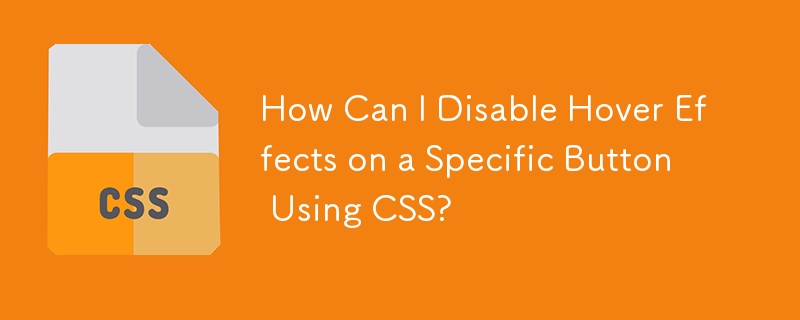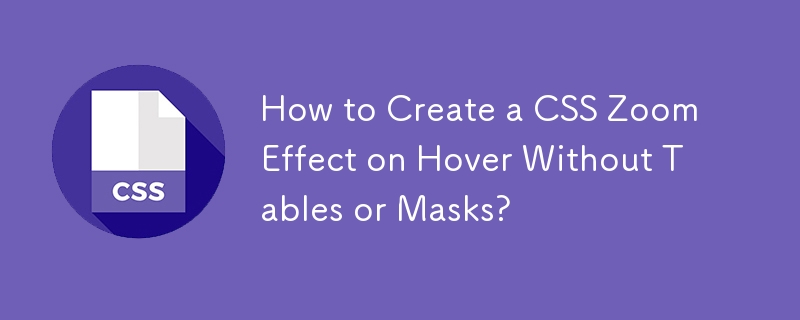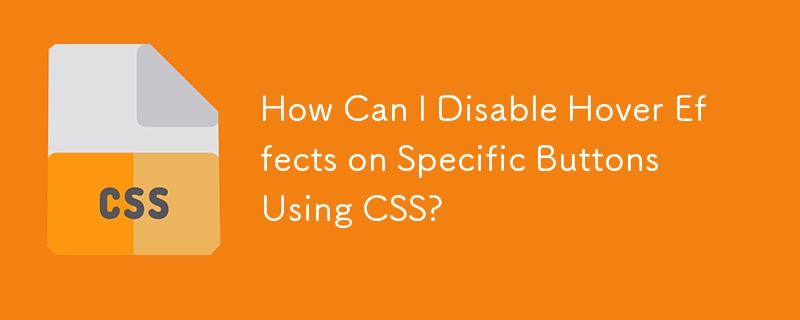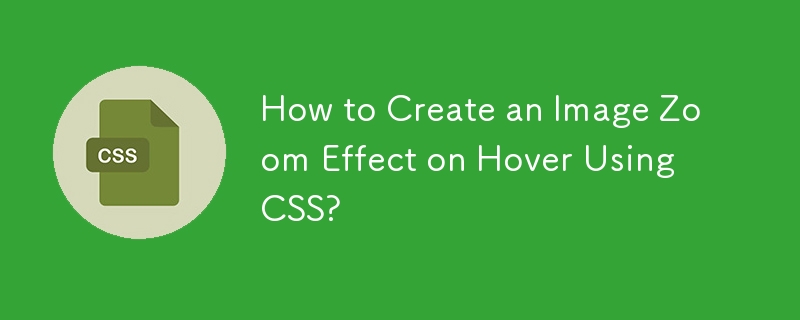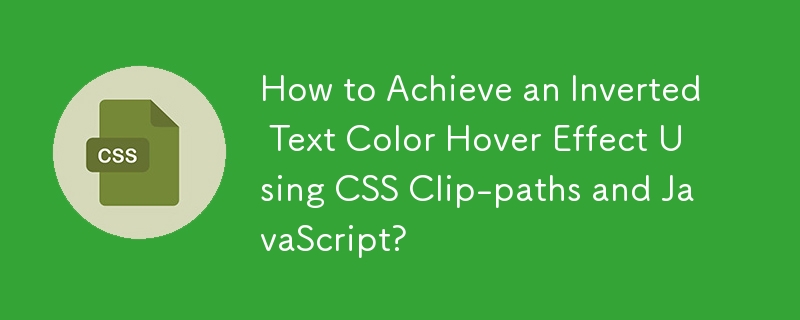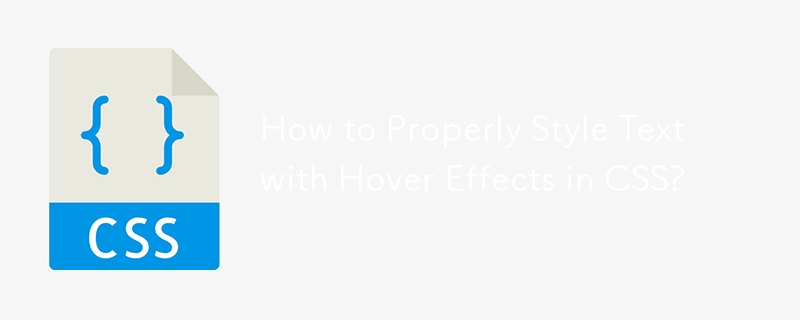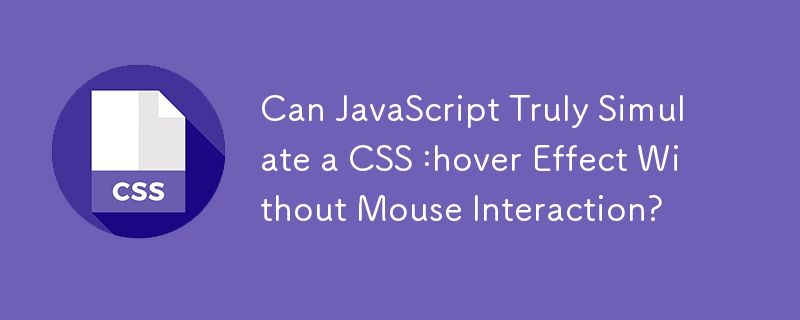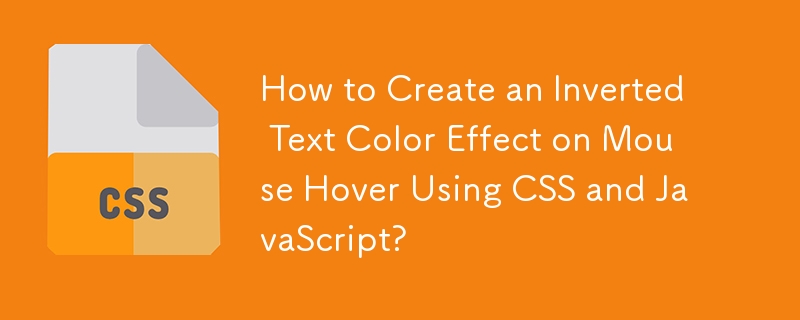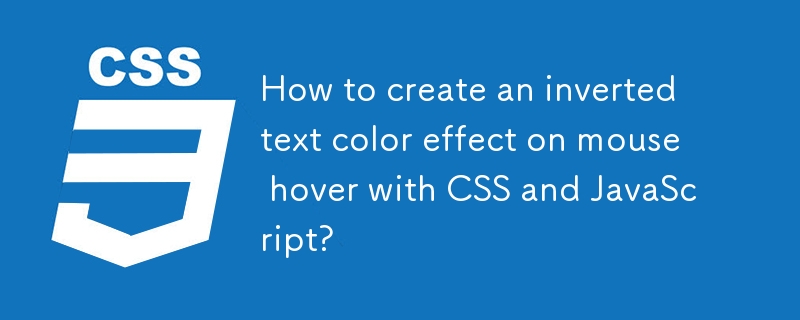Found a total of 10000 related content

How to Make an Image Spin on Hover with CSS?
Article Introduction:Transforming an Image on Hover: Spin or RotationAchieving the effect of a rotating image on hover with CSS requires utilizing CSS3 transitions and...
2024-11-04
comment 0
1182
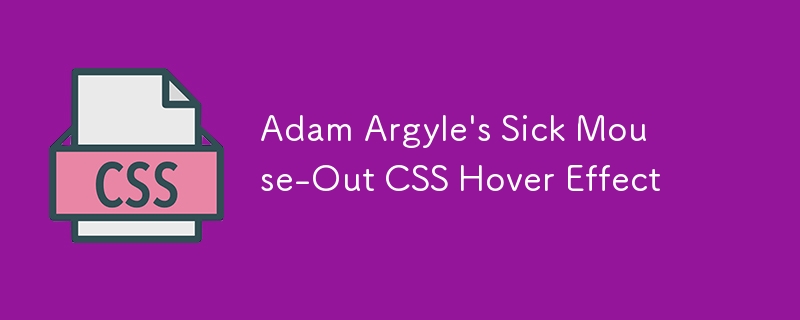
Adam Argyle's Sick Mouse-Out CSS Hover Effect
Article Introduction:I was killing some time browsing my CodePen feed for some eye candy and didn't need to go past the first page before spotting a neat CSS hover effect by Adam
2025-03-15
comment 0
733

How to Create Glowing Links in CSS3
Article Introduction:This article demonstrates creating animated glowing links using CSS3. While a previous article used text-shadow and transparent text for a blur effect, this one leverages text-shadow for a glowing effect on hover or focus. IE9 users will need a new
2025-03-05
comment 0
881
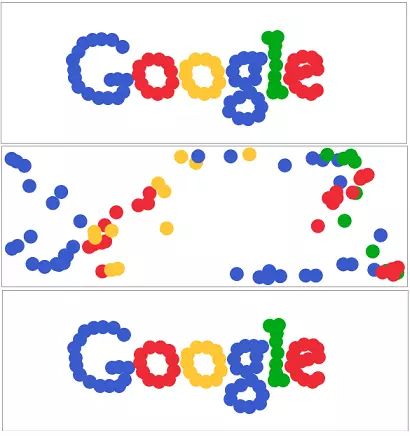
HTML5 Canvas JavaScript Animation Example
Article Introduction:This is a pretty cool HTML5 Canvas example that uses JavaScript and the element to create an animation effect controlled by mouseover events.
Instructions: Hover your mouse over the Google logo to see the balls scatter, then watch them gently retur
2025-03-06
comment 0
1047
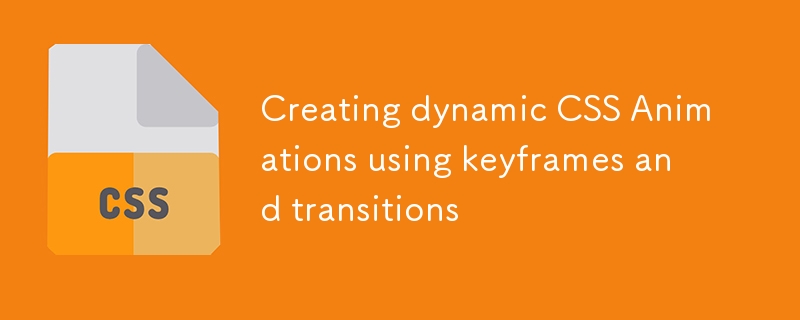
Creating dynamic CSS Animations using keyframes and transitions
Article Introduction:Keyframes are used for complex animations, and Transitions are used for state transitions. 1. Keyframes can define multi-stage animations, such as loading rotation effect, defined by @keyframes and applied with animation. 2. Transitions implements smooth changes in attributes, such as hover gradient color, which is controlled through transition attributes. 3. The two can be used in combination, such as button clicks to enlarge or bounce the effect to improve the naturalness of the interaction.
2025-07-14
comment 0
849
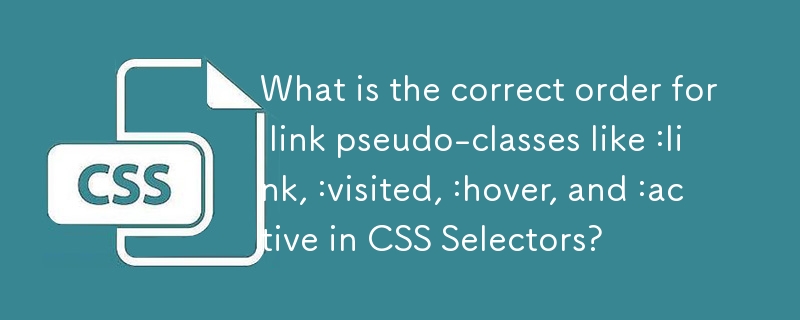
What is the correct order for link pseudo-classes like :link, :visited, :hover, and :active in CSS Selectors?
Article Introduction:In CSS, the order of pseudo-class selectors: link, visited, :hover and :active is very important. They must be written in the order of LVHA (Link→Visited→Hover→Active), because if the styles are of the same priority, the subsequent rules will override the previous one; 1.:link sets the unvisible link style; 2.:visited sets the accessed link style, but is subject to browser privacy restrictions; 3.:hover sets the mouse hover effect, and the mobile terminal may need additional processing; 4.:active sets the style when clicking to provide instant feedback; this order ensures that all statuses can be displayed correctly to avoid browser inconsistencies.
2025-06-28
comment 0
977
